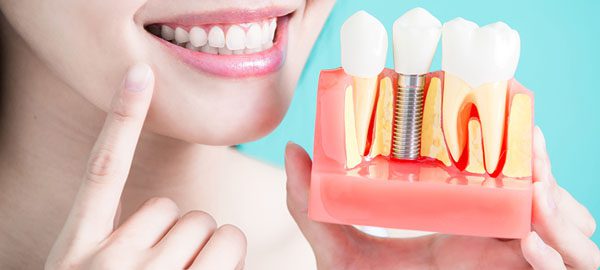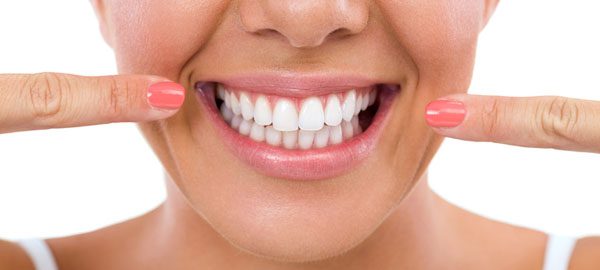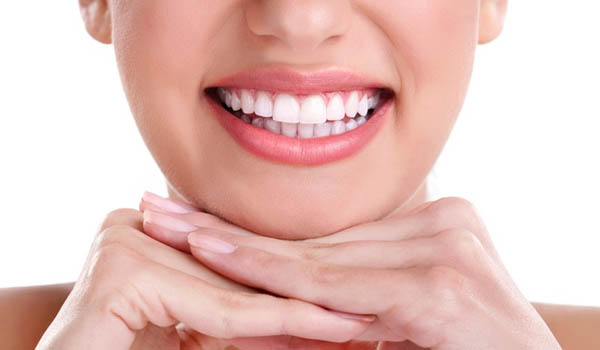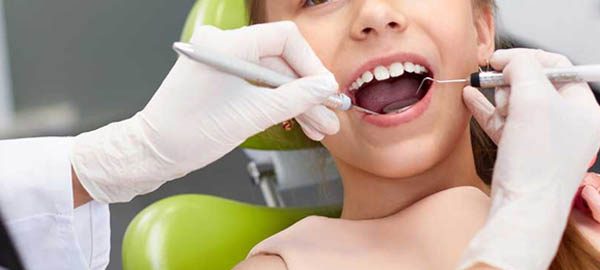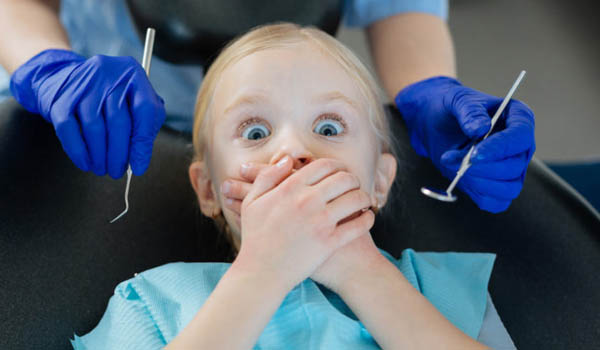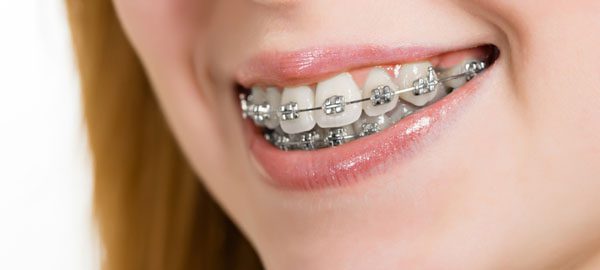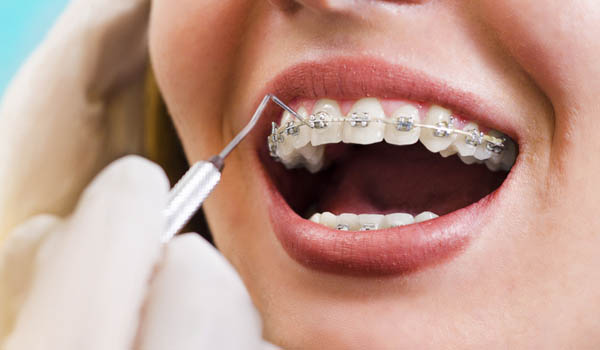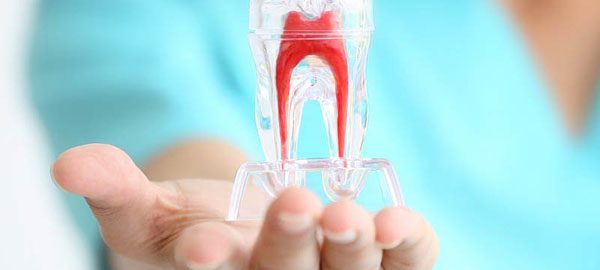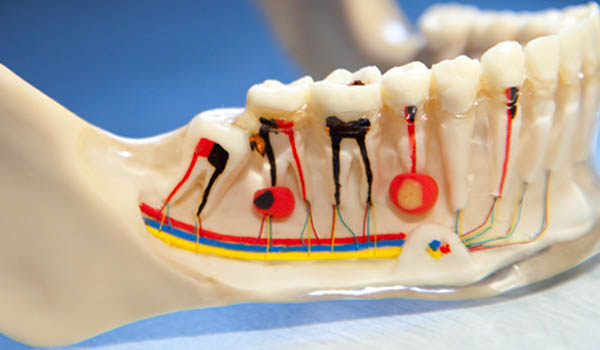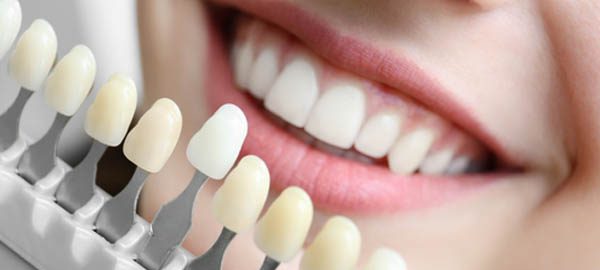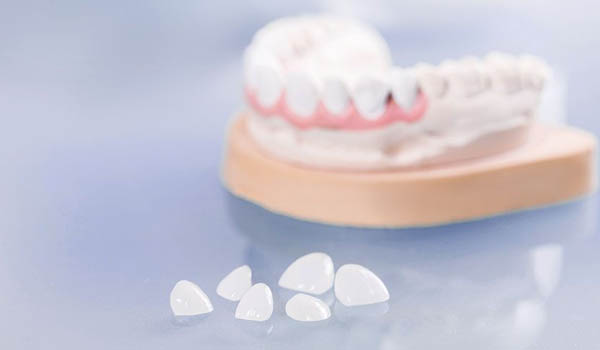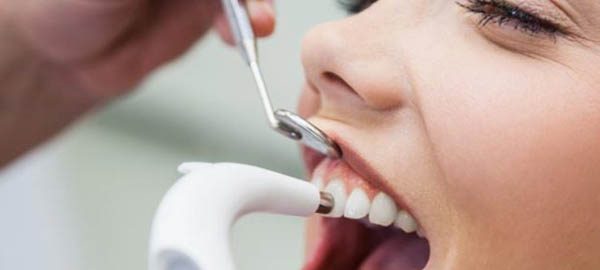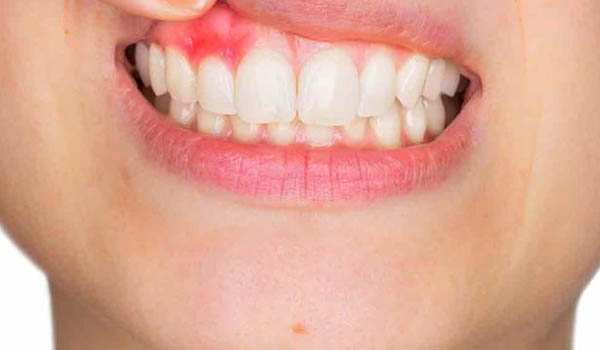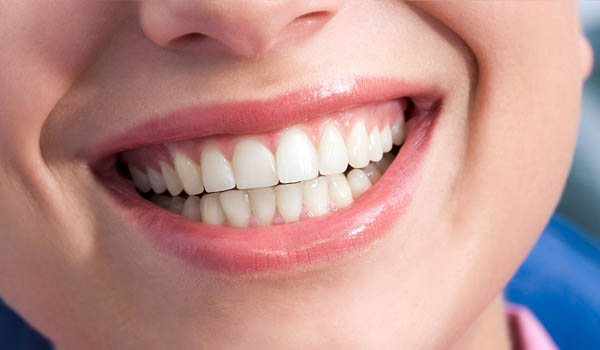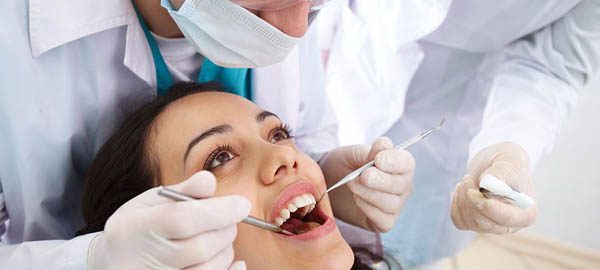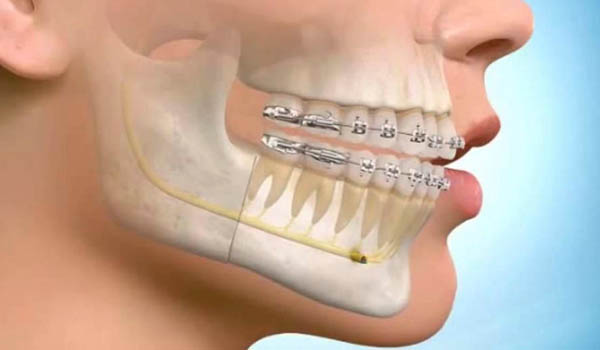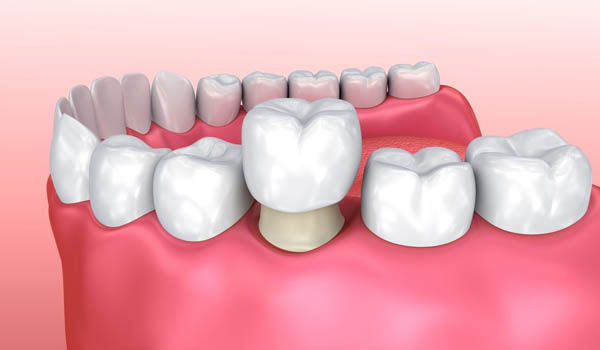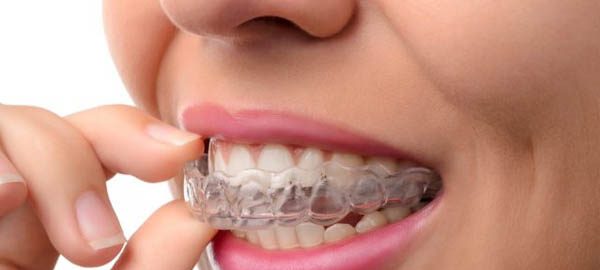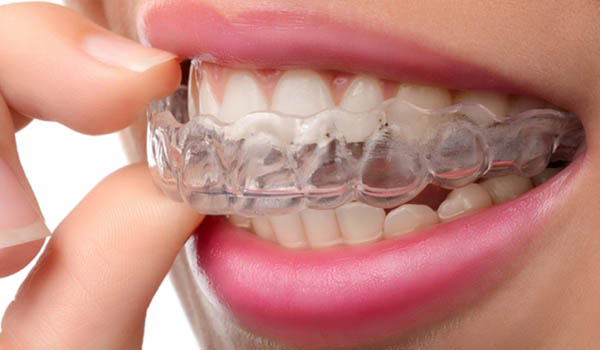Dental Implant in Pitampura, Delhi
What are dental implants?
- They are screws in the shape of the root of the tooth, all are Titanium which is a Biocompatible material with the Human Organism without causing damage.
How is the dental implant attached to the bone?
- The Implants, due to their technological characteristics, can be fixed to the bone by anchoring to the bone, initially by means of mechanical retention and in addition to the placement technique, later on, the Osseointegration process begins, which is the recognition and union of the bone to the implant.
What are dental implants for?
- Dental implant in Pitampura is done to replace the root of one or more teeth that have been lost and thereby achieve the support to sustain the final Crown (s), besides that with the Implants the sacrifice or wear of other natural teeth is omitted to replace one or more lost teeth when performing fixed prostheses.
- Implants are also an invaluable support to total, partial dentures, etc. when you no longer have any single tooth and feel these fixed, strong and firm dentures such as Natural teeth. Never again will the Dentures fall again
How can I solve the absence of an isolated tooth?
- By opting for dental Implant in Pitampura as the first option.
How can I restore the lack of several teeth in a row?
- If the roots have already been lost and/or are not healthy, the best alternative is the placement of Implants with their respective Fixed Prostheses, even if it is treated from 1 or more to all teeth lost in continuity or discontinuity. Implants as the first and best option, although there are also other Implant Prosthetics options that will solve the problem.
All my teeth and teeth are missing Is it possible to rehabilitate my mouth?
- Today there is always an alternative treatment either with the placement of implants and placing a bar to obtain a fixed denture or simply with the placement of a full prosthesis supported by its alveolar process or “bone” and gum.
Who can advise me?
- In Vardhman Dental Care, we have the best dental implantologist in Pitampura who will gladly assist you, advise and clear all your doubts.
Is the treatment and / or placement annoying?
- Definitely NO, in fact, the procedure of dental implant in Rani Bagh is quite benevolent and even more if they are placed Advanced Technology Implants that allow to smoothly enter your body (in this case bone) without hurting.
What is the treatment?
- In the placement of titanium screws where the crowns screwed into the implants are placed as a treatment that will last a lifetime.
Prior to dental implant What is the initial phase?
First, it is necessary to take Radiographic Studies, Computed Tomography to assess the quality and quantity of the patient’s bone, from there onwards we will plan where will be the best place to place the Implants. This also allows us to plan properly where the teeth will be placed in the patient’s mouth.
Is it possible to place the implants just when a tooth is extracted?
- It is always the best choice to place them at the same time we perform the extractions as long as there is NO infectious process.
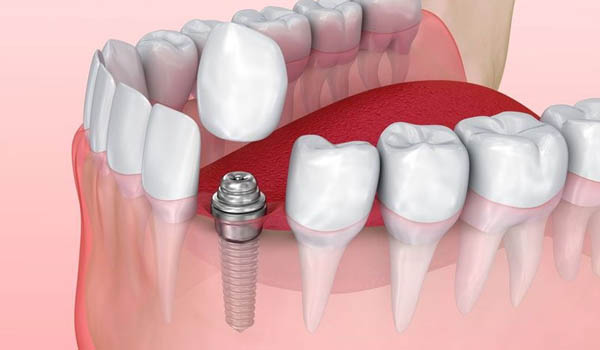
How is the surgical phase?
- This is what is called the placement of implants as such, submerging them in the bone.
- In this phase the area is anesthetized, the incision is made on the gum or not, depending on the planned procedure, the niches or cavities are made with drills where the implants of the size and diameter that were previously planned will be immersed and finally submerged The implants are fixed in the bone, the gum is closed or sutured and the provisional teeth are placed.
When can I need special surgical procedures?
- Actually they are not Special, they are previous procedures of preparation of the receiving site where the Implants will be placed; for example,
- When there is bone reabsorption where there is NO enough bone to anchor or place the implants,
Normally this happens with people who have lost their teeth without having undergone a bone regeneration at that time and left the alveolus empty, all this coupled with the fact that the bone itself undergoes resorption as time goes by, for that reason we must perform Extras Surgical Procedures before or although they can be at the same time Surgical of the placement of the Implants, all the above we reiterate depending on the case to be treated since all the cases are different.
What is post-operative care during the Integration process?
They are practically the same care that any Surgical procedure requires, for example:
- Sports should not be done,
- We should not be exposed to the Sun and / or fire when cooking,
- avoid consuming some foods among them spicy, fruits that have small seed-like strawberry because it can go to the wound,
- keep the wound as clean as possible, etc.
What is the restorative phase or the realization of the prosthesis?
- It is the phase where the impression is taken with appropriate materials and attachments corresponding to the implants that have been previously placed, they are made in the Dental Laboratory and the definitive prosthesis previously designed since the Implants are placed. The patient is supported by the implants themselves.
How long do I have to remain without a prosthesis during treatment?
No time, in these times and with the advances of Modern Dentistry, the patient should NEVER remain without Teeth during or in the Treatment Inter.
What is the maintenance phase?
- In the periodic review every 5 months that consists of washing and cleaning the prostheses and attachments, it is really a Review of every 5 months like the one that should normally be done with our own Natural Teeth.
How long will they last in my mouth, become loose or fall over time?
- While they are given the normal and adequate care with periodic visits to the Specialist every 5 months, they will last a long time even for a lifetime.
Once placed, is it possible for them to be rejected by the body?
- It is very difficult that the Titanium (material with which the Dental Implants are made) is rejected by the Human Body.
Is there a problem or inconvenience derived from the treatment?
- When the procedure is not performed with a Surgical protocol and adequate safety measures as well as immediate care to the placement, can occur Infectious processes from mild to severe and/or other complications that even make us lose the implant.
Does smoking have any kind of negative consequence on dental implants?
- It affects terribly, I will mention some of the most important to the process of tissue healing and repair, this means that the snuff among other conditions; interrupts and delays the process in which the implant is integrated into bone, also the wound can become infected and the implant is at maximum risk of being lost. Even this is a contraindication for the placement of implants in patients who smoke excessively if it is your case; You should plan to quit smoking at least sometime before and after performing the Procedure. Definitely tobacco is not a good ally for this type of procedure or any other.
What complications can occur during dental implant in Pitampura?
- More than complications are actually several appointments to the dental clinic in Pitampura and even more so when the definitive Prostheses must be placed.
What should I do if a dental implant falls out?
- The reason must be assessed and the whole procedure performed again from bone regeneration (recovery of bone tissue) and the new placement of the implant.
What feeling will I have with my new teeth?
- Initially when the implant is placed is to feels a slight inflammation like any other procedure, for example.
- A dental extraction. – The first days of (3 – 7 days) should decrease the discomfort, they are also necessary to care …, do not forget that you will always be medicated and controlled; later that the whole process passes there is a phase of adaptation of the implant to the organism in this period does not refer to feel anything the patient, later when the final prosthesis is placed in the process of adaptation for the first 5 days, once passing this period will become to feel the dentures without any discomfort or almost unnoticed more and more adaptable and returning to enjoy being able to bite safely; You will also recover the Aesthetics and even improve it, because we will use to design your smile and the replacement will be in harmony with the rest of your teeth.
Will my pace of life be affected?
- NO, it will be the same rhythm of normal life that you have led up to now.
Will dental implants cause bad breath?
- Never, bad breath occurs with or without implants due to inadequate care and bad Dental Hygiene.
Can I go back to smoking once the procedure is finished?
- Once Integrated, however, it is always appropriate to stop smoking as much as possible since apart from preserving better the Implants, the same Body will thank us in Health.
Will others appreciate that I have dental implants?
- NO, unless you presume them to others. In fact, they look so natural, that over time you’ll forget you’re wearing them!
I’m pregnant, I have something to know?
- Passing the First Trimester, there is NO problem (several factors must be considered in conjunction with the treating doctor of the mother) although it is always better to perform any type of surgical procedure as soon as the baby is born.
- I’m Diabetic Can I use dental implants? Yes, as long as it is controlled, it will be necessary to make the corresponding Laboratory Tests verifying that the values are good and therefore viable.
Does the patient with anticoagulant treatment require any special attention?
- YES, it must be handled very carefully in conjunction with your treating doctor and thus avoid complications.
I suffer Osteoporosis Is there a possibility that I can use them?
Sometimes YES it is possible not before evaluating the Degree of Osteoporosis and other factors.
Does the alarm sound when passing through metal detectors?
- NO, they are like any other metal in Boca for example … if you have placed a metal-porcelain crown, metal inlays, etc.
Can I remove and put and remove it? NO, they are completely Fixed
The treatment Is it painful? Not painful, it is slightly annoying as if it was an extraction, it also depends on the length of the treatment, if it is one, two implants is not annoying but if it were many more if we could say that it is more annoying, it also depends of the pain threshold of each patient, although we can also say that the discomfort is not greater or so high compared to the benefits and advantages that are achieved with the implants.
Can patients suffering from periodontal disease be implanted?
- No, never … since you must first control periodontal disease and then place them without any problem, remember that in Periodontal Disease there are bacteria that affect and contaminate our implants.
How can I identify if I have periodontal disease?
- Initially, you identify it with bleeding gums and when the disease has advanced the gum is retracted and in much more advanced stages there is tooth mobility and always with bad breath.
If I lose my teeth due to periodontal disease, is it advisable to replace them with dental implants?
- Of course, once the Periodontal Disease is controlled and whenever dental pieces are lost due to this or any other cause, Dental Implant in Rani Bagh is the best replacement alternative.
|
|
|
|
SUMMARY
|
5.0
|


